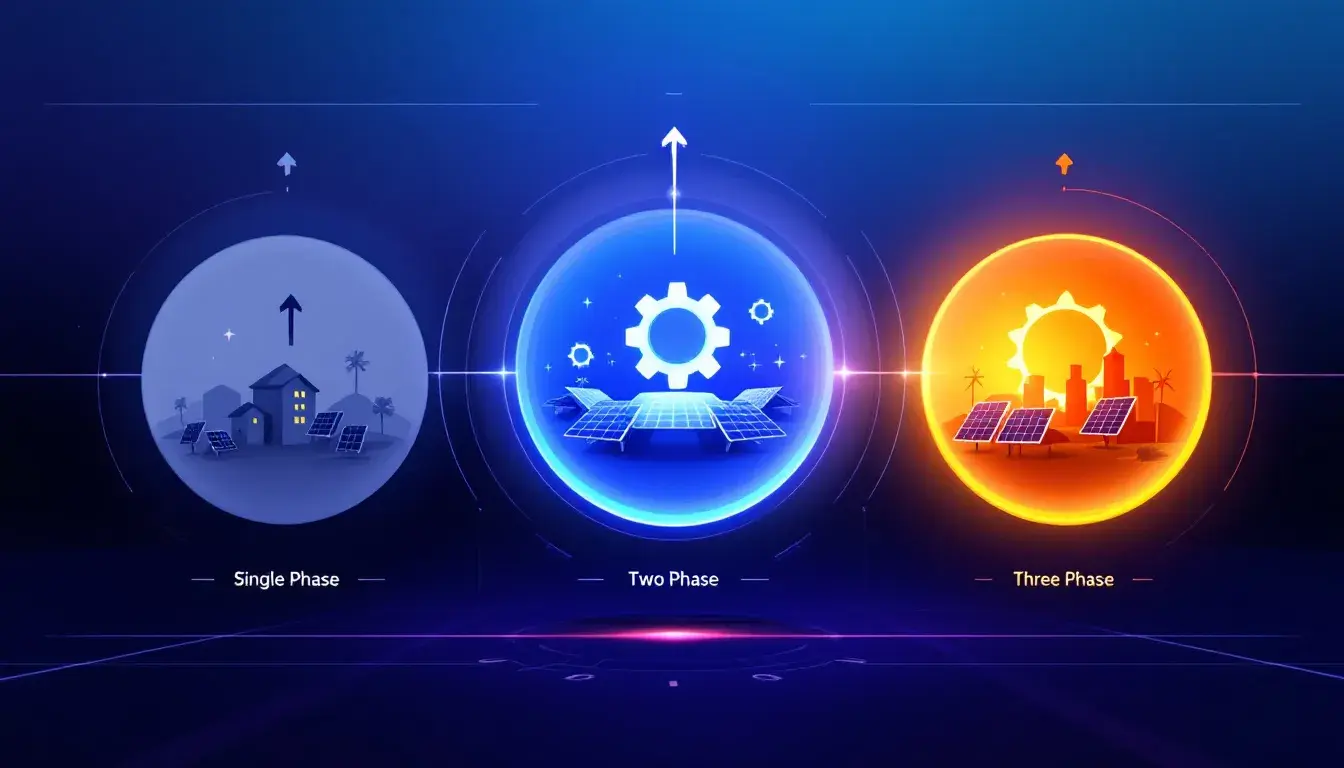Electrical Panel Board Maintenance Checklist
Table of Contents
TogglePanelboards serve as mission-critical junction points that distribute and protect electrical circuits. But like any equipment, they degrade over years of constantly supplying power to downstream systems in challenging environments. Dust, moisture, vibration, overheating, and other factors slowly take their toll over time.
- Visual inspections to catch external issues
- Insulation testing to verify protective integrity
- Breaker and relay confirmation ensuring fault response
- Infrared scans detecting hot spots early
That’s why a regular electrical panel inspection and maintenance program pays major dividends. Consistent checks, tests, cleaning, and repairs catch issues early before they cascade into major faults. It also familiarizes technicians with panel conditions to facilitate quicker incident response while ensuring electrical panel safety.
Electrical Panel Maintenance – Important Checklist
Let’s walk through key items that a robust electrical panel inspection checklist plan must include:
Visual Inspections
The first line of defense is simple visual inspections of the full panelboard assembly and all accessible components behind closed doors. Technicians should scan for the following:
- Rust, corrosion, dirt accumulation
- Paint flaking, structural damage
- Signs of overheating and burn marks
- Any unusual smells suggesting hot insulation or arcing
- Vermin nests or infestation
Visually checking bus connections, breakers, wiring, insulation materials, and components takes just minutes but can reveal many emerging issues early.
Documenting these inspections also provides helpful baseline information to assess degradation over time. Any cracks, corrosion spots, discoloration, or anomalies get flagged for future monitoring or immediate correction if severe.
Insulation Testing
Insulation breakdown[1] is a major yet preventable cause of malfunctions and electrical fires. Panelboard doors typically warn about annually testing insulation resistance. This quantifies how well interior materials are withstanding environmental rigors.
Using a megohmmeter, technicians test insulation integrity between electrified parts and panel enclosures. Resistance should exceed 2 megohms – any significant drops over time or deviations between phases indicate moisture infiltration or contamination.
Breaker Testing
Power distribution and equipment protection depend on properly functioning circuit breakers. Various mechanical and electrical tests confirm that breakers operate as intended when handling overload currents or short circuit faults.
Mechanical operation verifies that handles and internal linkages still engage smoothly. Breakers should cleanly snap between On/Off/Tripped states without binding or sticking. Tripping members must have proper tension without impairment from dirt or corrosion.
Infrared Scanning
Infrared thermography scans measure temperatures across energized panel components to detect emerging hot spots. Heat buildup signifies increased electrical resistance from degraded connections, worn breaker contacts, failing insulators, or loose terminations.
Hot spots reliably indicate trouble areas long before actual meltdowns or arcing events occur. Infrared scans guide targeted corrective actions like cleaning corroded contacts or tightening loose lugs. This monitoring maximizes uptime and averts damage from deteriorating components going unnoticed.
Protective Relay Calibration
Larger panelboards utilize protective relays to detect abnormal currents and voltages then quickly trip breakers isolating the fault. But like other components, relay calibration drifts over time, negatively impacting sensitivity.
Confirm that pick-up and drop-out thresholds still meet the original specifications. Also, verify timing curves that control the speed of breaker tripping based on disturbance severity. Keeping relays properly calibrated is essential for fast, selective isolation of issues.
Conclusion
Following a thorough preventative maintenance regimen keeps panelboards operating safely and reliably in the long run. Regular visual checks, insulation testing, breaker/relay confirmation, and infrared scanning all help identify issues in the early stages before catastrophic failures occur.
To get the highest quality electronic products for your facility, visit TOSUNlux today!
Tel: +86-577-88671000
E-mail: ceo@tosun.com
Skype: tosunelectric
Wechat: +86-139 6881 9286
WhatsApp: +86-139 0587 7291
Address: Room No.1001 Wenzhou Fortune Center,Station Road, Wenzhou, China
REQUEST A QUOTE
WhatsApp us
 : +86-139 0587 7291
: +86-139 0587 7291 English
English Español
Español Русский
Русский Français
Français العربية
العربية Português do Brasil
Português do Brasil Українська
Українська Türkçe
Türkçe Polski
Polski Nederlands
Nederlands Italiano
Italiano Bahasa Indonesia
Bahasa Indonesia हिन्दी
हिन्दी اردو
اردو አማርኛ
አማርኛ Հայերեն
Հայերեն ไทย
ไทย Монгол
Монгол فارسی
فارسی Shqip
Shqip Ελληνικά
Ελληνικά


